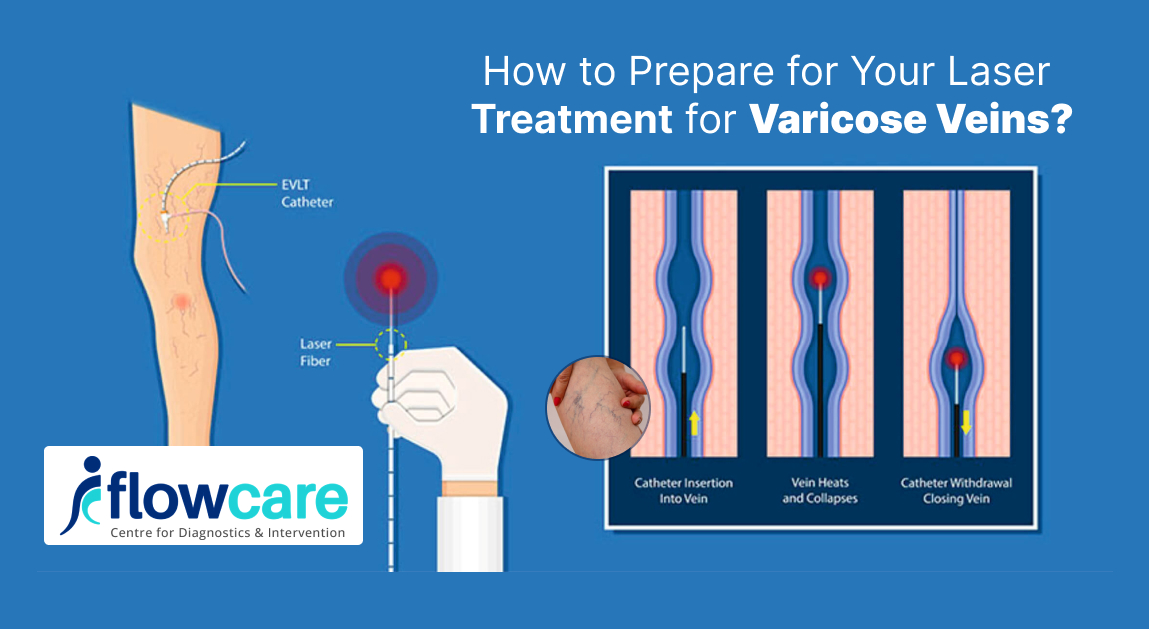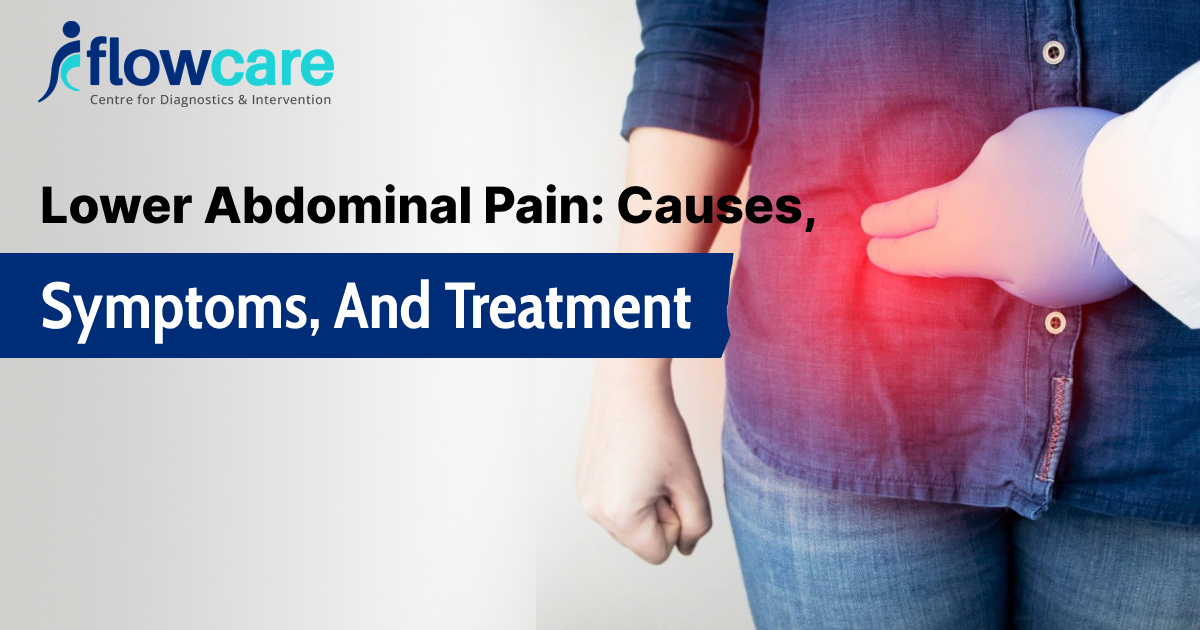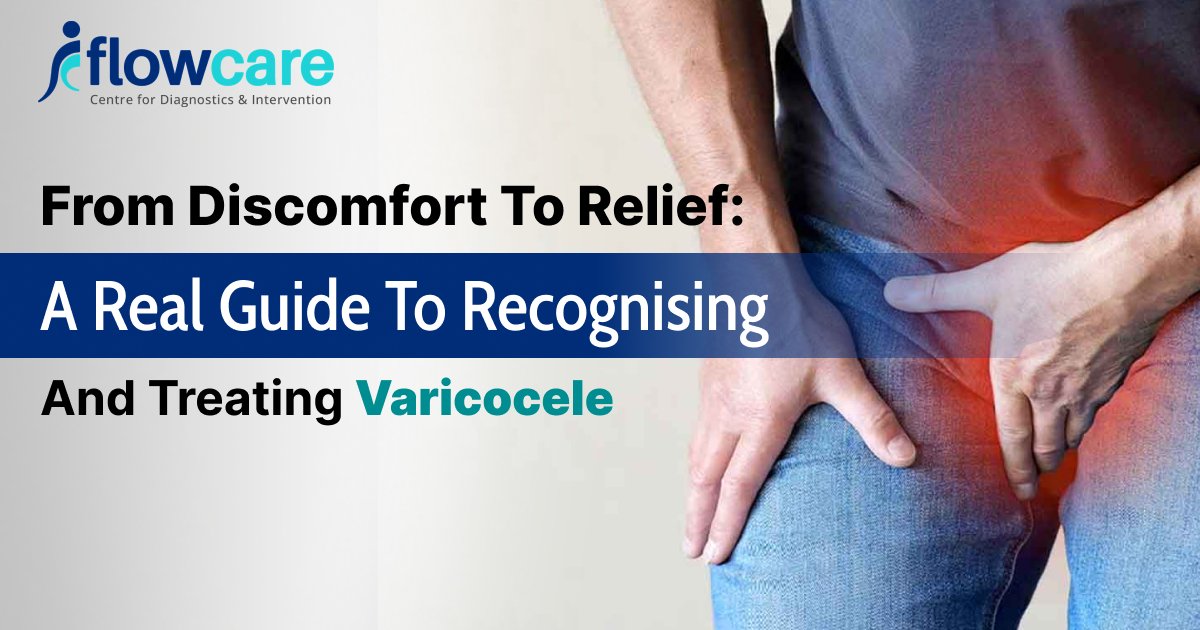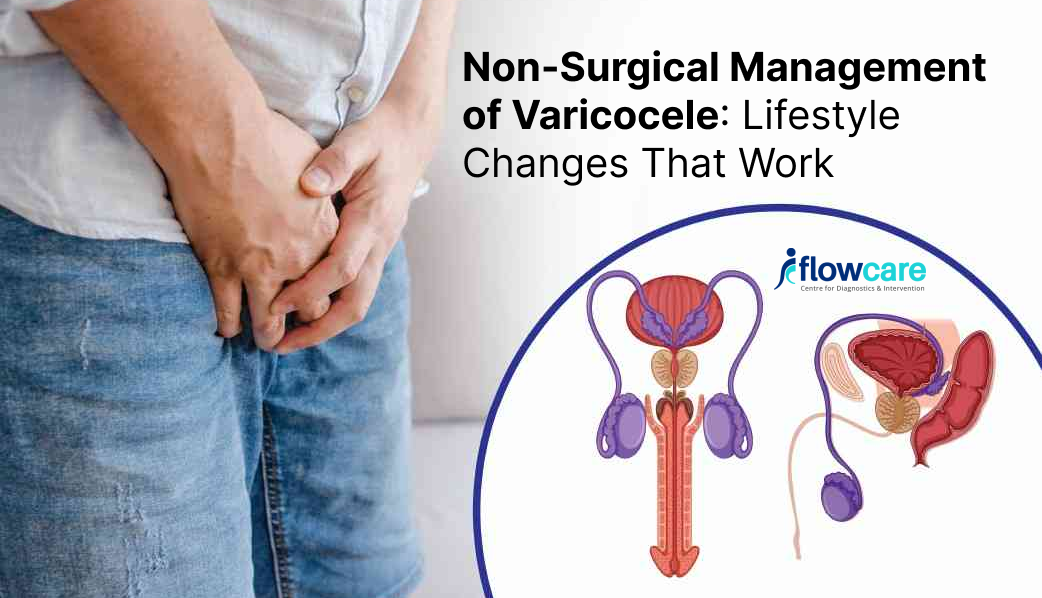
How to Prepare for Your Laser Treatment for Varicose Veins?
Endovenous Laser Therapy (EVLT) or Endovenous Laser Ablation (EVLA) is a laser treatment for varicose veins that can solve the problem without surgery.
Laser treatment for spider veins is a simple procedure that doesn’t require an overnight hospital stay.
It’s done using local anaesthesia and closes faulty veins, helping with symptoms and appearance.
In this article, we’ll walk you through everything you need to know to prepare for your laser treatment for varicose veins.
Understanding Laser Treatment for Varicose Veins
What is EVLT/EVLA?
Endovenous laser treatment is a minimally invasive, ultrasound-guided technique often performed by a phlebologist, interventional radiologist, or vascular surgeon.
How to Prepare: Step-by-Step Checklist
Preparing for laser therapy for varicose veins matters because it ensures optimal treatment results, promotes a smoother healing process, and minimises risk.
This includes:
Pre-treatment Preparation
- Consultation
Schedule a consultation with a varicose vein specialist to discuss your medical history, expectations, and the best treatment plan.
- Medication Review
This step involves discussing existing medications, such as blood thinners and supplements.
Certain medications can increase the risk of bleeding or interfere with the procedure and healing.
Lifestyle Adjustments Before Treatment
- Avoiding Substance Abuse
Smoking, alcohol, medications, or certain topical ointments can interfere with the treatment procedure and outcomes.
- Light exercise
Mild physical activity, like walking, is often recommended and is a part of the treatment plan since it improves blood circulation in the legs, which may be beneficial before the procedure.
What to Know Before the Procedure
It is important to understand the procedure, including what to expect during and after the treatment, potential side effects, and the expected recovery period.
- Compression Garment Guidance
- Ask the physician about after-surgery compression stockings, what you need to take, what size of stockings you need, and how long you have to wear them after the operation.
- The healing process can be accelerated with the right compression, enhancing the therapy outcome.
- Mental and Emotional Readiness
- Many patients are nervous before the procedure, even a simple one.
- To ease anxiety and establish confidence, it is possible to prepare mentally by being aware of what to expect and asking questions, as well as discussing issues with your doctor.
- If patients are nervous, you may also refer to relaxation methods, such as breathing or meditation.
- Physical Preparation
- Fasting: You may be required to fast for 6–8 hours prior to the procedure if sedation or anaesthesia is involved. Follow your provider’s instructions.
- Hygiene: Avoid creams, lotions, and shaving as these can lead to skin irritation, and shaving might cause small cuts. This can become an entry point for bacteria, increasing the risk of infection.
- Clothing: Wear loose, comfortable clothing on the day of the procedure to accommodate compression stockings post-treatment.
- Bring a Companion: Arrange for a trusted friend or family member to accompany you, especially if sedation is used.
Post-Treatment Care for Varicose Veins
Post treatment care after the procedure is divided into the following parts:
Generic Instructions:
- Rest and Elevation: During the initial days after the treatment it is important to take rest and elevate the legs, it helps reduce swelling and discomfort.
- Compression Therapy: Compression stockings should be used (if advised) as it helps improve blood flow, reduce swelling, and support the healing process.
- Wound Care: Keep the area clean and dry, following the doctor’s instructions which might include antibiotic ointment application and dressing.
- Medication: Pain medications maybe prescribed post-treatment.
- Follow-up: Attend follow-up appointments to track recovery progress and address any concerns.
Specific Recommendations Post Varicose Veins Treatment
- Avoid hot baths, saunas, and prolonged sun exposure, as these can increase swelling and potentially cause skin discoloration.
- Showering is usually permitted, but avoid getting the treated area excessively wet for a few days.
- Driving may be restricted: for a short period, so arrange for transportation if needed.
- Return to work: can vary, but many people can return to light duties within a few days, while those with physically demanding jobs may need more time off.
Long-Term Management to Avoid Relapse
- Regular exercise: is crucial for maintaining healthy circulation.
- Consider using compression stockings: when engaging in activities that involve prolonged standing or sitting.
- Maintain a healthy weight: to reduce pressure on the veins.
When to Seek Medical Advice:
- Increased pain, swelling, or redness: at the treatment site.
- Signs of infection, such as fever or pus-like drainage.
- Any concerns about your recovery: or the effectiveness of treatment.
Conclusion
Laser therapy for varicose veins is a safe, effective, and minimally invasive treatment that helps relieve symptoms and improve the appearance of stubborn veins.
You can make the entire process smoother and more effective by understanding the procedure, taking necessary precautions beforehand, and carefully following post-treatment instructions.
This includes wearing compression stockings, maintaining good hygiene, making lifestyle improvements, elevating your legs, taking prescribed medications, and adhering to your doctor’s guidance.
Always consult your healthcare provider for personalised advice and never hesitate to ask questions to feel more confident and informed about your care.
FAQs
What are the restrictions after varicose vein treatment?
After varicose vein treatment, avoid heavy lifting, strenuous exercise, hot baths, and prolonged standing or sitting for a few days.
Is sun exposure okay after the procedure?
No, keep treated areas out of direct sunlight to avoid skin discoloration.
How many laser sessions are needed for Varicose Veins?
Most patients require only one laser session per affected vein, but in some cases with extensive varicosities, additional sessions may be needed based on the severity and spread of the veins.
How long does the laser procedure take?
The procedure typically takes 30 to 60 minutes per leg, depending on the extent of the veins being treated.
Can varicose veins come back after laser treatment?
No, treated veins usually don’t return, new varicose veins may form if risk factors persist (like prolonged standing or obesity).
Is laser treatment safe during pregnancy?
There is no large scale conclusive studies on the safety of laser treatment for varicose veins during pregnanacy. Hence, it is not advised to undergo treatment during pregnancy.






